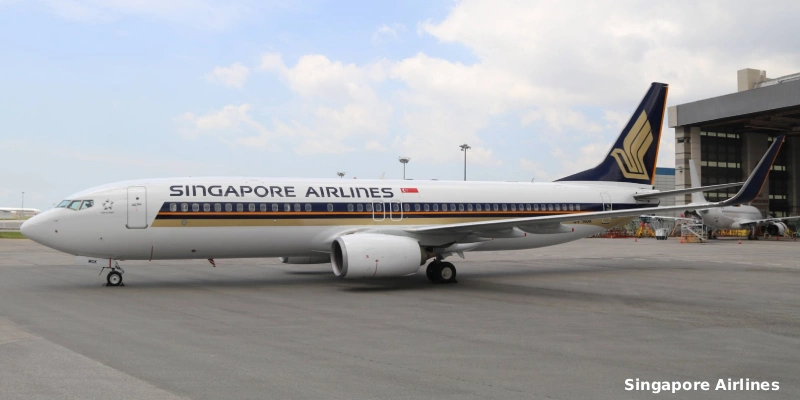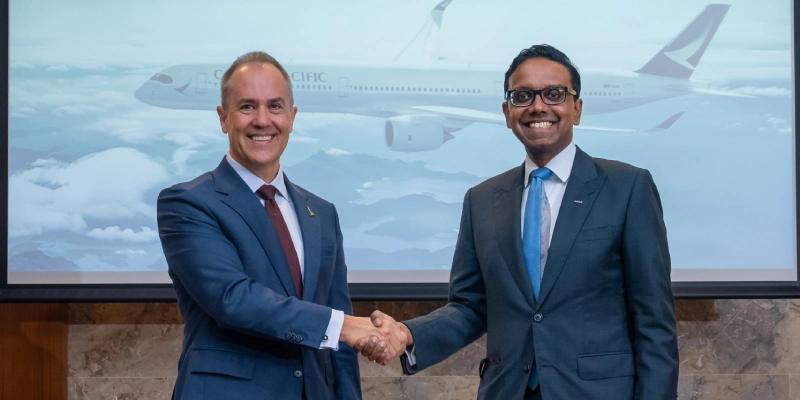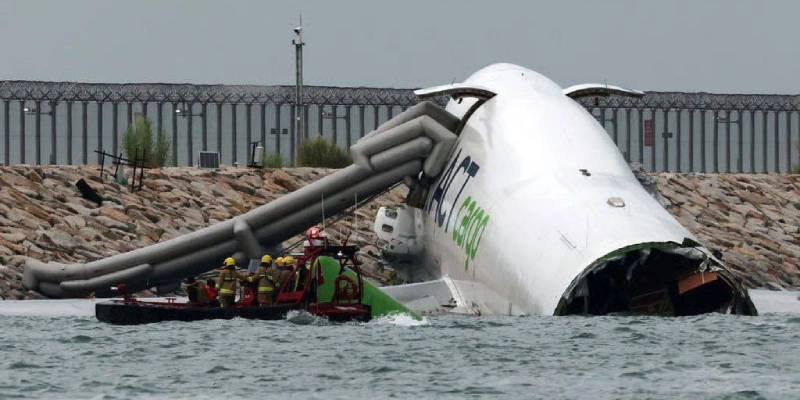The institutions of the European Union (EU) agreed on Wednesday to a revision of the regulations on emissions in the aviation sector, which will make the tax paid by airlines for the carbon dioxide (CO2) released by their flights between countries of the bloc more expensive.
The political agreement, which still has to be formalized by the member states and the European Parliament, reported EFE, keeps international flights (to and from third countries), which are subject to the United Nations global emissions trading system known as CORSIA, out of this system.
→ IATA: Airlines to return to profitability in 2023.
However, the pact obliges the European Commission to review whether this international framework is effective for the sector to contribute to combating global warming, so that if the assessment is negative, it will have to launch a legislative proposal to include international flights in the European system, the European Parliament explained in a statement.
Emission rights that are reduced every year
Aviation is part of the EU ETS, in which emission allowances are traded and reduced each year. The mechanism also provides for the distribution of allowances free of charge and, at present, 82 % of aviation emission allowances are part of this group.
Thus, the agreement between Member States and MEPs envisages eliminating all free CO2 emission credits from 2026, one year earlier than the original proposal that the European Commission included in the Fit for 55 package a year and a half ago.
To ensure this gradual phasing out of free allowances, the agreement foresees that 25% of these credits will have been withdrawn by 2024 and 50% of all of them will have been eliminated one year later.
In addition, negotiators from both institutions agreed to set aside 20 million emission credits between January 1, 2024 and December 31, 2030 for airlines using renewable fuels such as hydrogen from clean sources or other biofuels.
Regarding emissions of gases other than CO2, such as nitrogen oxides or sulfur dioxide, the pact obliges the European Commission to create a mechanism for information, data and verification from 2025 to prepare a proposal covering these gases.
→ ITA Airways approves hiring more than 1,200 new employees.
It also includes a derogation until 2030 for emissions from flights between outermost regions such as the Canary Islands and EU countries, and also for air travel between two different airports within the same outermost territory of the same Member State.
Europeans will pay more for flight emissions
For the environmental organization Transport & Environment, the agreement reached by the EU institutions falls short in scope by excluding international flights, leading the bloc to “lose another decade” of climate action because of the “cowardice” of European governments.
“Average European families will continue to pay much more for their CO2 emissions than frequent long-haul flights,” lamented the organization’s aviation director, Jo Dardenne.
Against this, the Airlines For Europe (A4E) platform, which represents the majority of European airlines, recalled that the sector “has been paying for its emissions through the ETS since 2012”, as well as that the cost “is likely to increase fivefold by 2025 to more than 5 billion per year”.
Therefore, the European aviation employer said it was “extremely disappointed” that all free credits are to be withdrawn from 2026, a date that is “well before effective decarbonization solutions are available on the scale needed to make them work”.
Related Topics
Singapore Airlines Bids Farewell to Its Final Boeing 737-800 This Week
Airbus and Cathay Join Forces to Boost Sustainable Aviation Fuel
Vietjet Stops Operating Chinese COMAC C909 Aircraft After Lease Agreement Ends
Hong Kong Accident: Cargo Plane Skids Off Runway, Killing Two Airport Employees

Plataforma Informativa de Aviación Comercial con 13 años de trayectoria.




